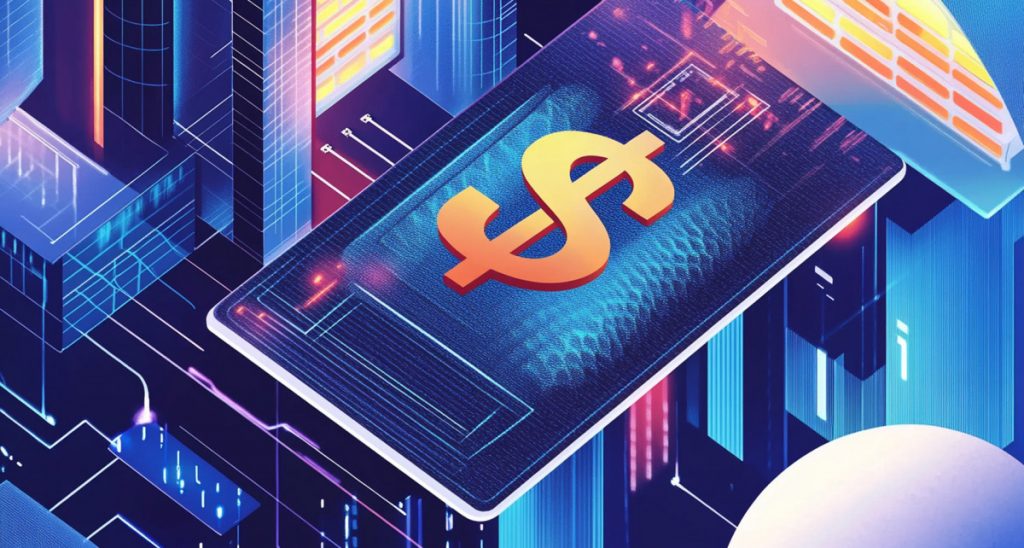Seamless Entry And Exit: How Fiat Ramps Keep The Crypto Industry Moving


In Brief
Fiat on- and off-ramps have become essential bridges between TradFi and crypto, enabling seamless conversion between fiat and digital assets, driving adoption, merchant use, and everyday financial integration.

Although there have been many drivers of crypto’s continued success in the post-pandemic period, one element stands out – not least because it’s the one most crucial for bridging the gap between TradFi and digital assets. We are referring, of course, to fiat ramps. Like a drawbridge that permits entry to, and departure from, a port, on- and off-ramps are indispensable to today’s crypto industry, facilitating the conversion of fiat currencies like USD or EUR into crypto (and back again) with reassuring ease.
In Bitcoin’s early days, the conversion process was a painful one – necessarily so, in a sense, since regulatory uncertainty was rife. There were also technical limitations impeding progress, and major TradFi payment providers and banks viewed crypto as a here-today, gone-tomorrow fad. Thankfully, those days are long gone: today on- and off-ramps are better than ever, a result of clear regulations, better tech, and broad crypto adoption among both regular users and institutional players.
The Evolution of Seamless Access
Nowadays, purchasing digital assets or ‘cashing them out’ doesn’t provoke the kind of headache that it used to. That’s because numerous Web3 platforms, including wallets and centralized exchanges, let users link up their bank accounts, debit cards, and payment apps. With these built-in rails, getting in and getting out is as effortless as passing through an open door.
Companies have benefitted from this development, too. Last year, San Francisco-based exchange Coinbase rolled out Apple Pay integration for all fiat-to-crypto purchases on Coinbase Onramp, a tool aimed at businesses keen to accept crypto payments. The process takes mere seconds, unlocking onramping for over 60 million Apple Pay users in the US.
Off-ramping has improved, too: gone are the days of waiting days to cash out or negotiating sales with buyers on peer-to-peer platforms. With payment giant Mastercard, users can effectively use stablecoins and crypto to transact at over 150 million merchant locations worldwide. This is made possible thanks to Mastercard’s network of partnerships and infrastructure which converts crypto into fiat at the point of sale.
Then there’s Western Union, whose retail and digital customers exceed 150 million. The money transfer company is on the verge of launching its own stablecoin, USDPT, and is teaming up with wallets to “provide customers with seamless access to cash off-ramps for digital assets.”
Although fiat ramps have become prevalent, not all crypto-native platforms feature them. Lingling Jiang, Partner at crypto market maker DWF Labs, makes the case that without fiat access, crypto ecosystems become closed systems. She warns that while innovation may continue within these networks, their real-world impact will remain limited. For crypto to function as a financial system, people need to move their money in and out with local currencies. Fiat ramps, she says, are not just onboarding tools – they are the functional link between digital assets and day-to-day financial use.
A great variance between ramps also persists. While top exchanges offer deep liquidity, they also charge spreads. There is also a custody risk with certain platforms, leaving users’ funds vulnerable to a breach. While solutions are pretty speedy across the board, users should consider the pros and cons before deciding on which ramp suits them best.
The Impact on Adoption
Fiat ramps, whether guiding users onto crypto rails or easing them off, have turbocharged crypto by making the industry more attractive to casual users. After all, if you can buy BTC or ETH as easily as you can convert it to fiat, the entire space becomes far less daunting.
Merchants accepting digital assets, meanwhile, are able to tap into a new market without shouldering the volatility risk (since their payment is converted to fiat in real-time). Everyone’s a winner.
Naturally, the US dollar (USD) dominates the ramp market: as the world’s biggest fiat on-ramp, its $2.4 trillion in total volume is almost four times that of the next-highest nation. On the other side of the aisle, the top-performing digital asset BTC and leading stablecoin USDT, are among those most likely to be acquired. Incredibly, Bitcoin by itself accounts for over $1.2 trillion in fiat inflows.
A Bridge to Mass Use
Once regarded as bottlenecks, on- and off-ramps have become gateways to a bustling blockchain bazaar. The race is on for wallets to integrate more payment methods, for apps to cater to users who prefer crypto over fiat, and for regulators to loosen the red tape. Of course, the onus is also on developers to ensure ramps are secure, cost-effective, and user-friendly.
Smooth fiat ramps turn digital assets into everyday money, and the effect will be felt far and wide – e-commerce, live events, remittances, payroll, B2B transactions. While fiat and crypto were once arch rivals, the interplay between them is no longer controversial or contentious. Which is something we can all be thankful for.
Disclaimer
In line with the Trust Project guidelines, please note that the information provided on this page is not intended to be and should not be interpreted as legal, tax, investment, financial, or any other form of advice. It is important to only invest what you can afford to lose and to seek independent financial advice if you have any doubts. For further information, we suggest referring to the terms and conditions as well as the help and support pages provided by the issuer or advertiser. MetaversePost is committed to accurate, unbiased reporting, but market conditions are subject to change without notice.
About The Author
Alisa, a dedicated journalist at the MPost, specializes in cryptocurrency, zero-knowledge proofs, investments, and the expansive realm of Web3. With a keen eye for emerging trends and technologies, she delivers comprehensive coverage to inform and engage readers in the ever-evolving landscape of digital finance.
More articles

Alisa, a dedicated journalist at the MPost, specializes in cryptocurrency, zero-knowledge proofs, investments, and the expansive realm of Web3. With a keen eye for emerging trends and technologies, she delivers comprehensive coverage to inform and engage readers in the ever-evolving landscape of digital finance.


















































